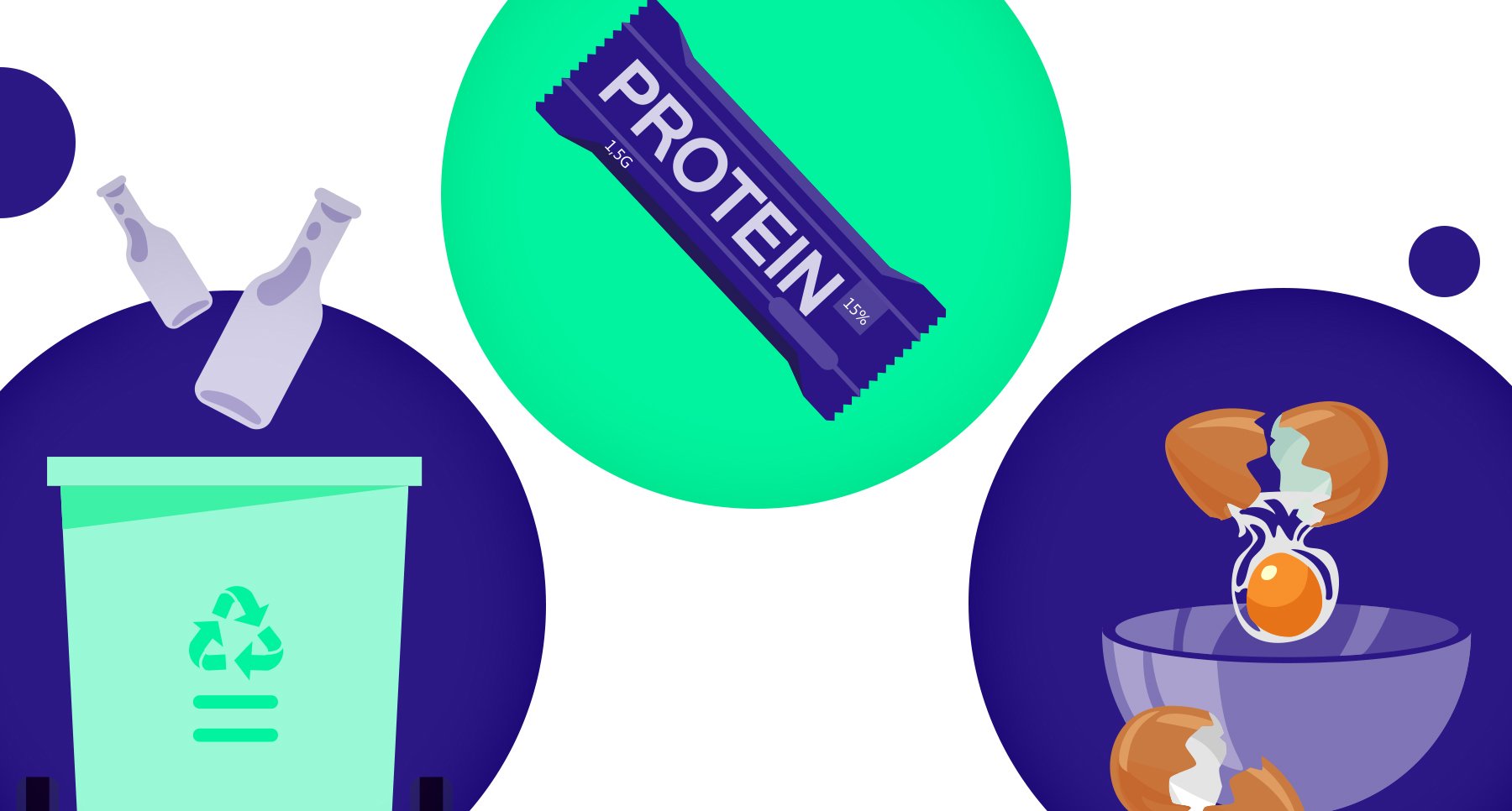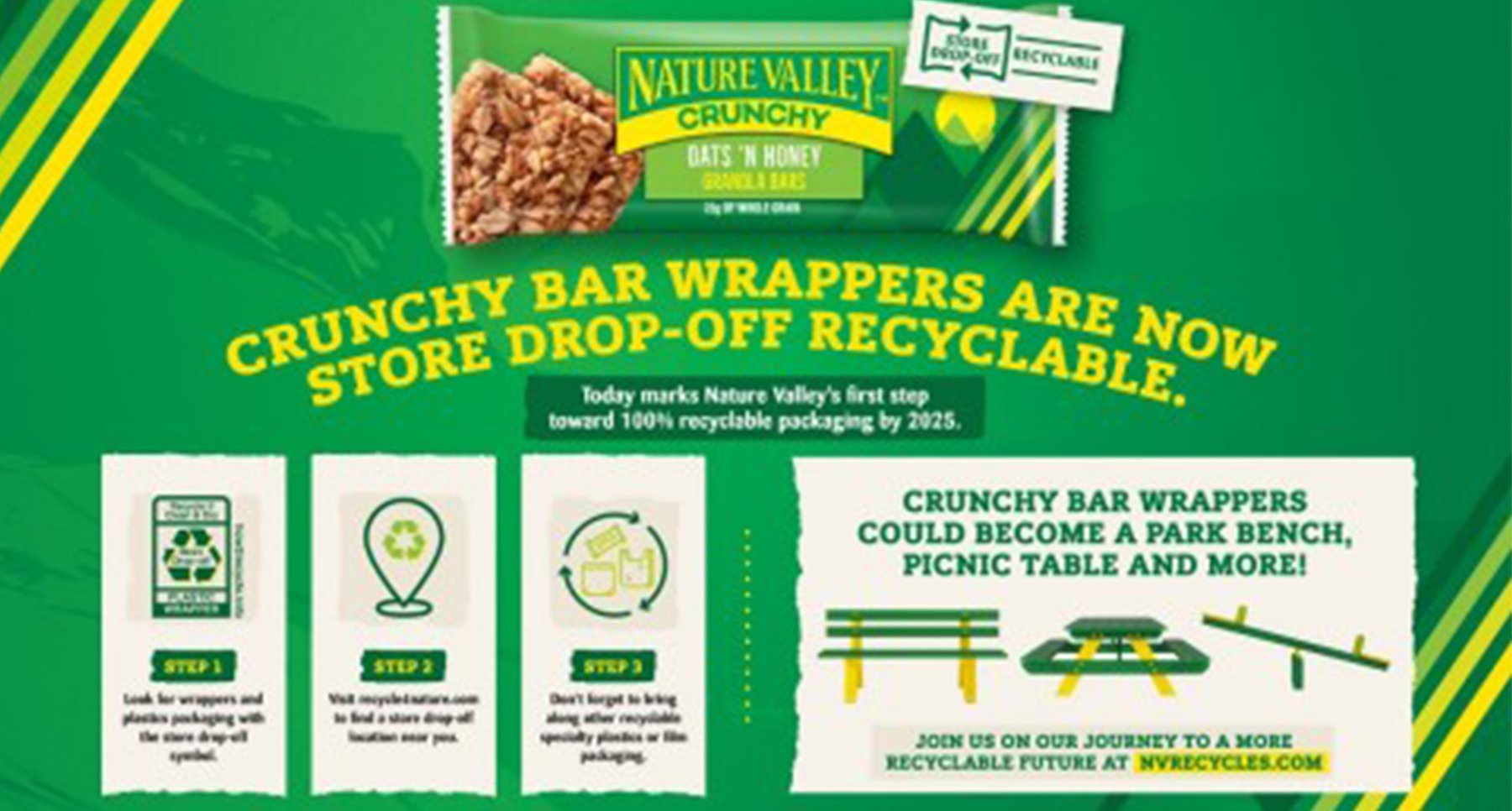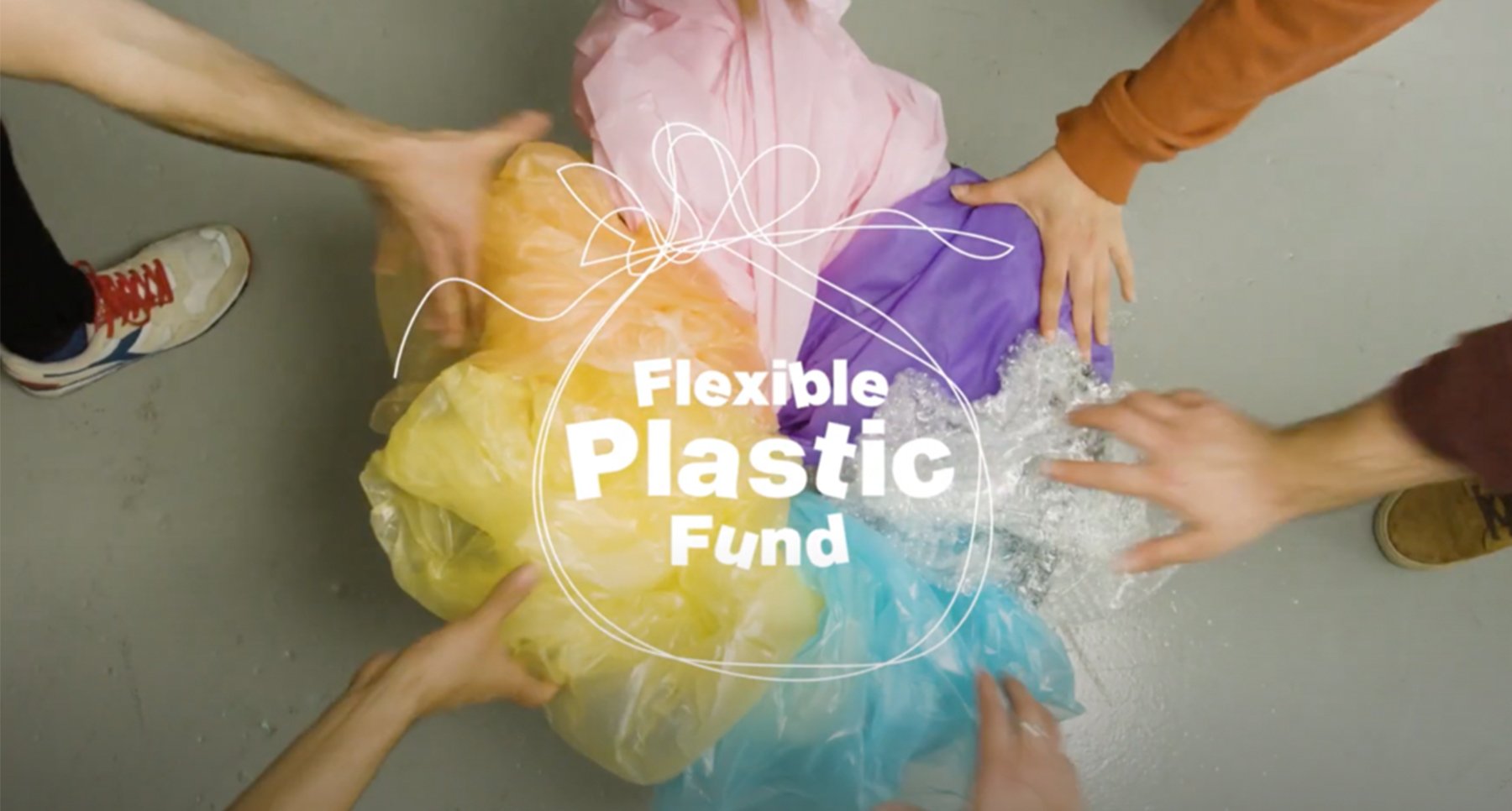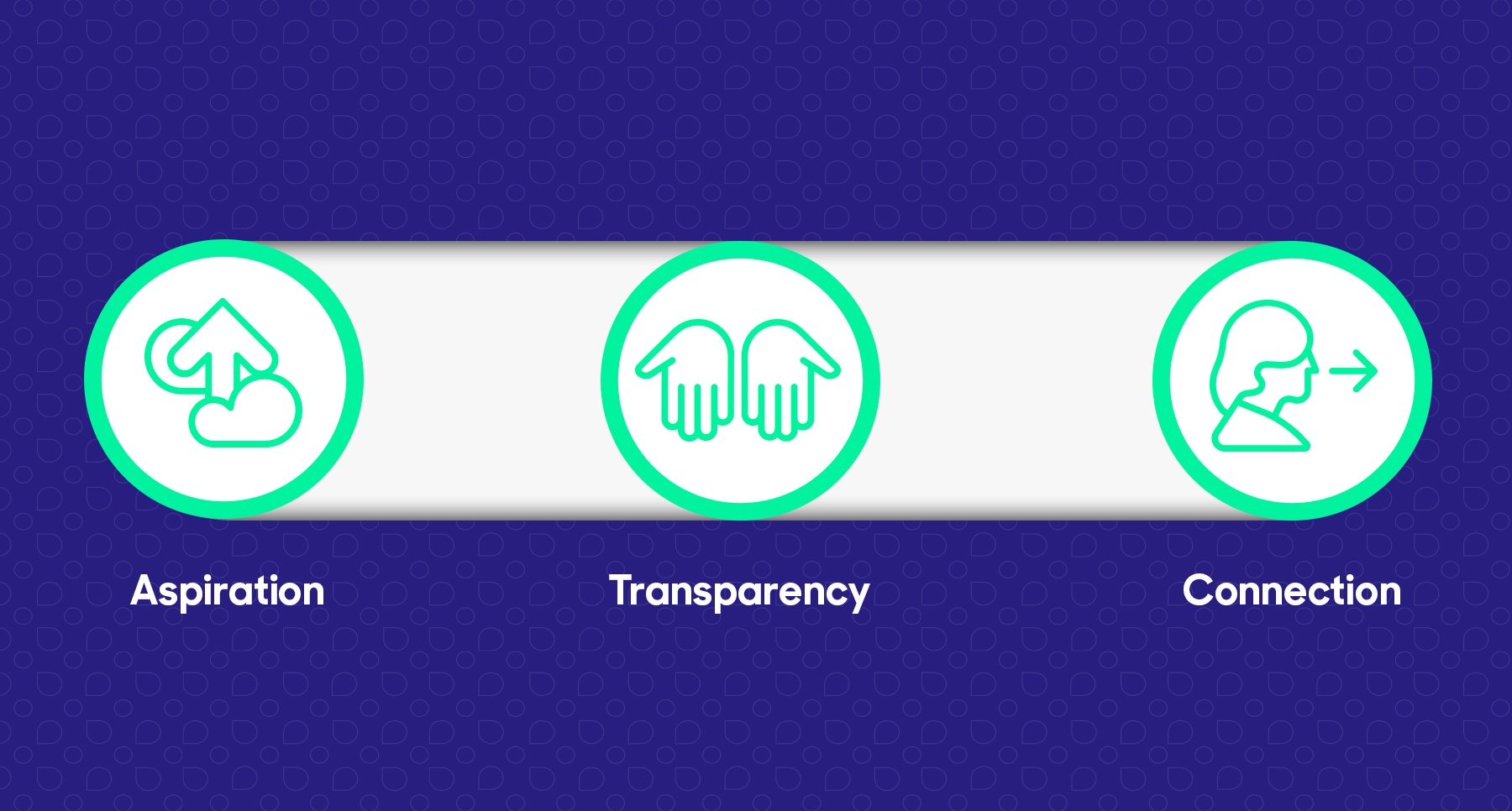Posted on October 6, 2021
Updated on March 13, 2023
6 min read time

You can’t deny the Healthy Snacks category has had a great year.
This is partly due to the mass routine change many consumers experienced this year, when forced to spend more time at home. But growth can also be attributed to other areas, like the increase in variety of products on offer, more awareness of sustainability, and an influx of brands entering this space.
Globally, the category is forecast to reach a jaw-dropping $98 billion by 2025. What we want to know is, will the healthy snacks space sustain this progress in 2022?
After exploring the trajectory of the category, we’ll give you our prediction.
Historically, the healthy snacks category has suffered from a lack of clarity. There is no clear, universally acknowledged definition of ‘health’, and this has impacted how consumers see the category.
The concept of ‘health’ isn’t clear cut – and it changes depending on the context, product or individual. This complexity has filtered down into the healthy snacks category, as it’s become difficult to define the most important audience needs within this space, since there are no clear benchmarks on what consumers believe to be ‘healthy’.
Even in the category itself, the idea of ‘health’ varies. What’s ‘healthy’ to protein enthusiasts isn’t necessarily the same for sugar-free eaters. And when it comes to terms like ‘high protein’ or ‘low sugar’, there are no category universals on what is considered ‘high’ or ‘low’ - making it difficult for brands to substantiate their claims.
When deep diving into the healthy snack space, we found 25% of consumers were buying healthy snacks on a weekly basis. The motivations for purchase within the category were wide-ranging - including weight loss, fitness, ‘wanting to be around longer for family’ or the environment. As the global plant-based market is set to reach $73.61B in 2028, this last influence comes as no surprise.
If you're eager to learn more about three core trends that are set to dominate the 2022 market, let’s dive in:

Recyclability now feels like a passport factor for the healthy snacking category, rather than a ‘nice to have’. The Grocer found more than half of consumers in the snacking category always recycle their packaging but some still find it difficult to know where and how to recycle.
This year, popular granola bar brand Nature Valley pledged to make all of their packaging with fully recyclable wrappers. These wrappers are made with an advanced processing technology that uses unique polyethylene polymers.
Nature Valley manufacturers commented, “As the creator and share leader of the [granola] bar category, we feel a responsibility to continue innovating and encouraging future solutions that could make recycling wrappers even easier”.
The company has chosen not to patent its wrapper in the hopes they can encourage other brands in this space to follow their example.

In the UK, companies in this space are taking charge of their own sustainability. Just look at the Flexible Plastic Fund, an initiative that aims to improve the recycling process of flexible plastics. Signed by PepsiCo, Mars, Mondelēz, Sainsbury’s and more, the movement wants to make recycling as easy as possible for consumers. In uniting retailers, manufacturers and recyclers, this group hopes to create a more sustainable and environmentally friendly world.

In addition to increased environmental awareness, the category is also experiencing more attention on the macro, protein. In the savory snacking category, protein is seen as the good guy. Out of carbohydrates, fats and proteins, the latter is considered by many as the healthier macro, associated with keeping consumers full, and supporting muscle growth and hormone synthesis.
It has almost become a ‘get out of jail free card’. An excess of protein doesn’t seem to have any downsides to it - whereas eating too many carbs or fats is still seen as a bad thing by the majority of the public. In fact, 51% of global consumers have admitted they’ve switched from traditional snack products to high protein alternatives. In light of this, brands with high protein content need to jump on the ‘protein bandwagon’, highlighting it boldly on their front of pack and displaying it clearly through branding and core messaging.
In the vegan world, protein is also easily accessible through chickpeas, nuts, plant-based yogurts, and more. A key player in the healthy snacking space is Kallo, a brand that’s created product innovations that span across the vegan and non-vegan market. Their protein-packed lentil cakes are a great example of a creative healthy snack – it’s both low in calories and a good source of protein.
In the UK, the government is intending to ban HFSS (high fats, salts and sodium) products being shown on TV and online before 9pm. In response to this, brands have had to adapt and move towards healthier alternatives. And the healthy snacking category is benefiting hugely from this move.
There is now more of an interest in organic, natural ingredients. Brands are becoming clearer at labelling what’s in their products. An example of this is Insane Grain, who has moved away from artificial flavorings and towards natural ingredients. Their snacks are made with sorghum, an ancient grain that contains a high amount of vitamins and minerals and is known to promote gut health. JimJams is another example of a brand that’s innovating the healthy snacks category, they use a natural plant-based sweetener which is derived from corn or wheat.
In addition to exploring these trends, we’ve also looked into the needs of the category to identify what’s most important to this audience. This will help you to create a targeted brand strategy that’s in tune with your consumers’ wants and needs but also makes the most of the context surrounding your brand.
Across both savory and sweet snacks, we can see the most important needs are Accessibility, Clarity, Integrity and Performance.

Brands in this category can’t afford to be unclear. It’s important for consumers to know and understand the role you play in their lives. That’s why Clarity around your purpose and mission is necessary for any brand trying to establish good customer relationships. Make sure your brand’s purpose is communicated well through your packaging and other brand collateral so consumers can know, at a glance, what you stand for.
Accessibility is also necessary in this category, as if a product is difficult to use this is a huge barrier to trial. The pack type, size and format should be similar to what customers have already come to expect of the category. For example, protein bars can’t be stored in a tub, just like rice cakes couldn’t be stored in a bar format. You can boost your Accessibility by providing different sizing options of your product to try to engage a broader range of people.
Integrity ties in nicely with the rising importance of sustainability, as Integrity is all about brands who do the right thing. Customers need confidence that their snacking habits aren’t coming at the expense of global waste reduction. And brands that are investing in sustainable materials, as well as highlighting healthy and sustainable ingredients on-pack, will be the ones that benefit in the long-run.
Performance is a non-negotiable in this category. Overall, consumers want to eat healthier, but don’t want to compromise on taste. In fact, there’s sometimes even more pressure on brands in this space, as customers have come to expect a greater variety of flavors from these brands.

To stand out, we recommend focusing on Aspiration. Your brand image is everything. So, think about partnering with a celebrity who has image but is also closely aligned with the values of the category. Someone who makes the right food choices but is also inspiring. They should embody the elegance of a celebrity and the health consciousness of the category.
Transparency is also so important. Being open about the ingredients you use, your processes and your materials is hugely important when trying to establish a loyal customer base and develop credibility. Clearly labelling what ingredients you use, on your back of pack, will make it easier for customers to trust what’s in your product. But being open about your purpose and impact on people’s lives is also key to success in this category. It’s not just about what ingredients make up your product, it’s also about the impact you have on people’s health.
Currently, the healthy snacks category is struggling to Connect with its audience. For too long it’s focused on functional benefits, like how easy the products are to use, how clear they are and how well they taste. But this is at the detriment of the emotional needs of the category. By focusing on building a bond with your audience and making your brand approachable and relatable, you’ll find you have a much stronger connection. This can create a self-fulfilling cycle of behaviors, as when people feel drawn to a brand, it will inevitably encourage others to try the brand.
Clearly, the healthy snacks category is here to stay. The market is introducing new brands every day - expanding its horizons beyond the usual favorites and into new waters, like the meat alternative world. It has created a perfect balance between old and the new - constantly innovating to surprise and delight customers with bold new flavors and infusions - but also staying true to its roots by never compromising on its health credentials.
We predict it will be here to stay for a long time. Though don’t just take our word for it, if you want to find out more about the dynamics of this booming category, check out our healthy snacks category report below.
Our intelligent platform will take your brand further, faster.
Don’t believe us?
© 2020-2023 ProQuo AI International
All rights reservedWebsite by Blend